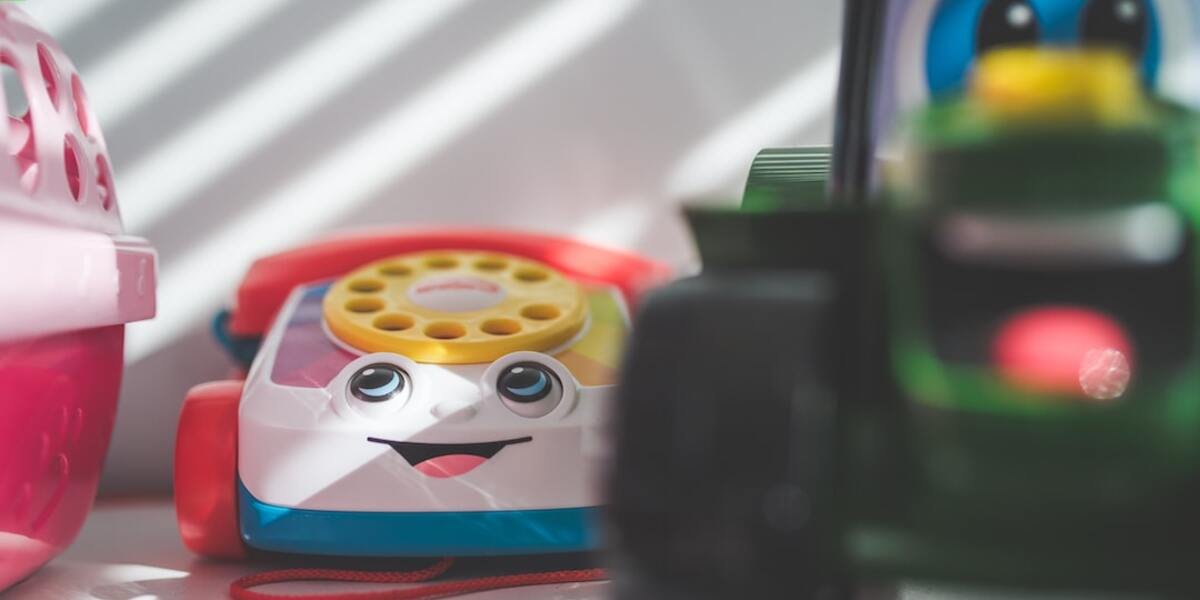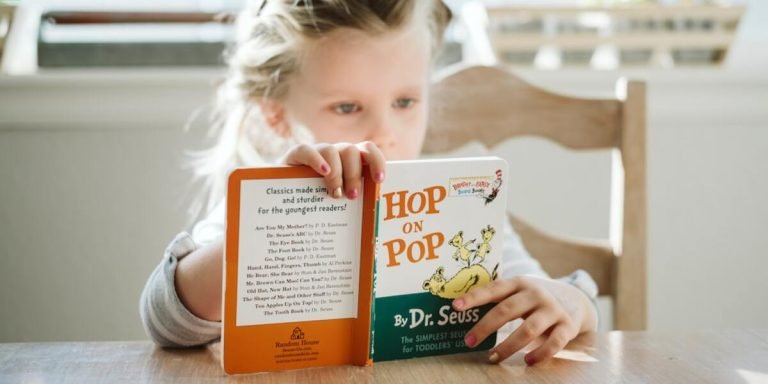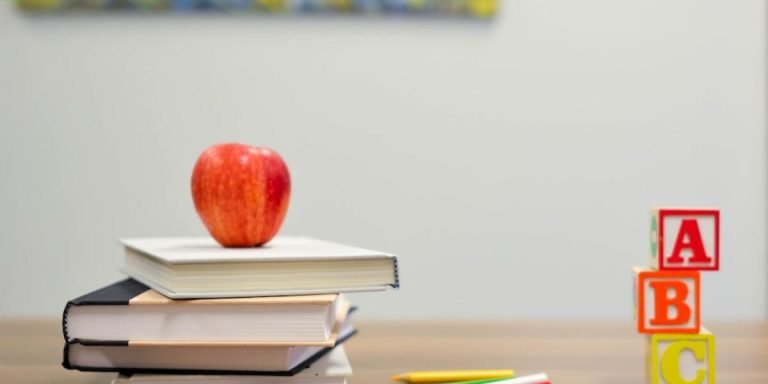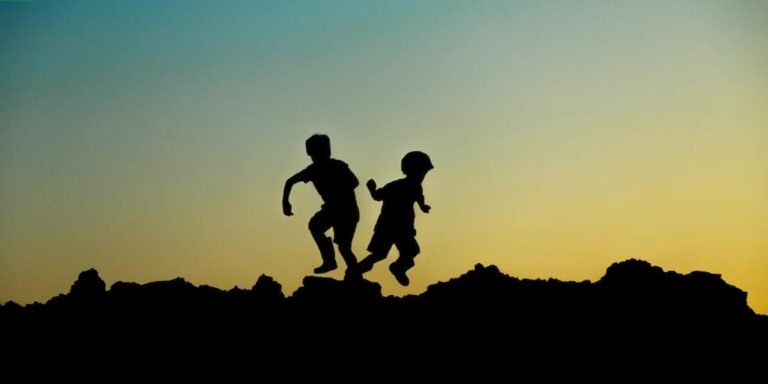Bottle Play: A Creative Approach to Childhood Education
Engaging your child with ‘bottle play’ can be a formative tactic in promoting active learning opportunities. This creative, hands-on approach involves using simple household objects like bottles to transform regular lessons into interactive sessions, amplifying their educational value exponentially. Bottle play not only keeps children entertained but also helps them grasp abstract concepts more easily by adding a tangible element.
As part of the experiential-learning framework, bottle play brings education out from beyond the confinement of textbooks while encouraging kids to explore and experience things first-hand. It makes room for youngsters to learn at their own pace implementing activity-based learning that’s proving increasingly beneficial in childhood education today — turning passive learners into enthusiastic participants in the process.
Did you know?
In a study by the University of Cambridge, it was revealed that bottle play can significantly enhance fine motor skills in 18 to 36-month-old children. These activities stimulate their tactile senses and coordination skills, leading to improved learning outcomes.
The Role of Bottle Play in Enhancing Experiential Learning Outcomes
Bottle play is more than just a fun activity for children; it’s a powerful tool that impacts their experiential learning outcomes. By manipulating bottles filled with various objects or substances, youngsters can explore different textures, colors and shapes, fostering an improved understanding of the world around them. In 2023, bottle play remains as engaging and beneficial to childhood education as ever before.
The role of bottle play in enhancing experiential learning lies primarily in its ability to simulate real-world experiences through touch-and-feel activities. Children are actively involved—pouring out contents from one container into another or shaking up things inside offers valuable lessons on cause-effect relationships and fine motor skills development. Bottle play nurtures curiosity which forms the foundation stone for scientific thinking later in life.
Another point worth noting is how this simple activity complements other aspects of Activity Based Learning (ABL). ABL emphasizes ‘learning by doing’, thus making bottle games an ideal fit due to their hands-on engagement nature. From water-filled bottles teaching buoyancy principles to sensory jars exploring light refraction effects – these tactile experiences embed knowledge deeper within young minds than traditional classroom methods could accomplish alone.
Unleashing Creativity and Problem-Solving Through Structured Bottle Activities
Through engaging bottle activities, children acquire hands-on experience that gears up their understanding far beyond textbook knowledge. The process begins by involving them actively in filling bottles with different materials like sand, water or beads – each providing a unique sensory input to stimulate learning.
The action of manipulating these contents helps develop fine motor skills- foundational elements for tasks such as writing or using scissors effectively at later stages. Children learn about cause-effect relations too while observing changes when pouring substance A into substance B inside the bottle.
Creativity blossoms when kids are given liberty to experiment with colors and shapes within the confinements of this cylindrical transparent object called ‘bottle’. They begin to perceive how blues and yellows can merge seamlessly forming greens; they understand that no matter how big it seems outside – every object cannot pass through small necks!
Cognitive development goes hand-in-hand during structured bottle activities: Collecting objects based upon some cited characteristics sharpens recognition abilities whereas classifying those into categories fosters concept formation capabilities among toddlers.
Tracking Developmental Milestones with Age-Appropriate Bottle Manipulatives
To start with; infants aged 0-12 months show curiosity towards new objects in their surroundings. Therefore introducing clear bottles filled with colorful items such as shiny foil or soft feathers allows them to learn about textures, colors and shapes through observation.
Similarly for toddlers aged 1-3 years who have enhanced motor skills compared to infants; they can be introduced to sealed bottles containing liquids of varying density like oil and water allowing them not only developing fine motor control but also understanding the basic principle of cause-and-effect relationship – shaking leads to formation of bubbles!
Integrating Bottle Play into Activity-Based Curriculum Frameworks
Bottle play is a versatile, creative, and cost-effective medium that can be incorporated into today’s activity-based curriculum frameworks. This approach resonates particularly well with youngsters in their exploratory stages of learning as it caters to the intrinsic curiosity children possess towards everyday objects. With its inherently flexible nature, bottle play facilitates an experiential or hands-on learning environment where trial-and-error are celebrated which aids in fostering critical thinking skills from early childhood.
The integration of bottle play within these innovative teaching strategies must align with pedagogical goals aimed at enhancing holistic development among students. As educators consciously curate age-appropriate activities using bottles such as sensory exploration or cause-effect experiments based on sounds and visual stimulants; they engage different senses whilst promoting cognitive growth simultaneously.
Moreover, utilizing this resourceful method ensures sustainability since one actively repurposes common household items like plastic bottles acting upon environmental consciousness right from young years – harnessing creativity while instilling inherent values regarding our ecosystem’s preservation and nurturing responsible citizenship for future generations ahead.
In 2023’s context where technology may often override traditional methods of instructional modalities – incorporating tangible interfaces like ‘bottle-play’ offers balance ensuring interactive education isn’t entirely pixelated but provides ample scope for tactile experiences playing vital roles in creating engaging classroom scenarios imbuing practical life lessons beyond textbook wisdom.
Designing a Multi-Sensory Approach for Diverse Learning Styles Using Bottles
In the realm of early childhood education, bottle play emerges as a surprisingly multifaceted and open-ended learning resource. It effortlessly marries physical exploration with cognitive advancement in children.
Experiential or activity-based learning is all about direct interactions – utilizing hands-on materials to explore and internalize concepts. Integrating bottle play into this framework provides an engaging multi-sensory approach compatible with diverse learning styles.
Bottle play embraces elements of sight, sound, touch – sparking curiosity while refining motor skills. Imagine filling up bottles with colorful beads that create distinct sounds when shaken; it’s not just merriment for your child but also serves educational value through developing basic math understanding like counting or pattern recognition.
More than that, one can incorporate different textures inside these bottles–soft feathers, hard buttons or rough sand grains—enabling young learners to discern contrasts thereby enhancing tactile senses and giving a boost to their sensory development journey!
Lastly remember no learning experience is complete without fostering linguistic skills: labeling each “play-bottle” aids vocabulary building plus gives directions thus complying entirely along guidelines set under Experiential/Activity Based Learning principles too!
Aligning Bottle Play Activities with Educational Standards and Benchmarks
Bottle play, a hands-on learning activity, now has an integral place in the realm of early childhood education. It’s about time we learn how to align such activities with educational standards and benchmarks for improved outcomes.
Let’s start by understanding what bottle play is? In simple terms, it involves using empty bottles as tools for games or projects that stimulate creativity, logical thinking and motor skills among youngsters. From water-based experiments to sensory exploration tasks – this seemingly ordinary item can turn into a versatile teaching aid when used effectively.
One way could be creating an ‘Object Count’ game wherein kids need to drop different items like beads or coins inside transparent bottles while counting them aloud- A practical introduction to math! Make sure you match this exercise with relevant numeracy targets on their performance checklists.
Next up could be introducing science concepts through ‘Weather Bottles.’ Children fill containers with materials representing various weather scenarios (cotton wool for clouds). This doesn’t just boost their knowledge about atmospheric conditions but also fosters observational abilities aligning perfectly under scientific observation goals within standard curriculums.
Detailing the Cognitive Benefits of Interactive Bottle Play Sessions
Interactive bottle play sessions hold considerable benefits for a child’s cognitive development, seamlessly combining fun and learning in an activity that children adore. Understanding the significance of experiential or activity-based learning is crucial to appreciate this concept fully.
A plain old plastic bottle could be a portal to immense discovery when used optimally. Filling it up with colorful items like sequins, buttons, beads can captivate children visually while enhancing their observational skills simultaneously. Through these interactive sessions, they learn about colors, shapes and movement patterns by pouring objects in and out of the bottles themselves – eliciting curiosity which indeed is at heart of all genuine knowledge!
These exciting interactions don’t stop at stimulating visual senses alone; they also offer excellent grounds for refining motor skills among young learners. Managing grip on different sized bottles or controlling hand movements as they pour things inside challenges them physically but within safe boundaries—engaging multiple faculties concurrently.
Moreover,the auditory thrill cannot be discounted either! Different objects create distinct sounds upon hitting against the bottle walls—a fantastic way to introduce your little ones subtly to diverse sonic experiences.They get familiarized with variations in intensity,volume,and tone leading towards more nuanced understanding over time.This gentle easing into complexity gives precipitation to cognition expansion—an ultimate objective behind such inventive playful measures.
Analyzing the Impact of Sensory Exploration on Early Childhood Cognition
Bottle play, a formative aspect of experiential learning in early childhood education, has been steadily gaining recognition. The concept is simple: children are presented with specially designed bottles filled with different materials to touch, see and feel – thus fostering sensory exploration.
The beauty of bottle play lies not only in its simplicity but also within the multifaceted cognitive benefits it offers young learners. One cannot understate how essential tactile stimuli like texture variety and objects’ temperature fluctuations can be for their brain development. Bottle play provides just that!
So what makes this playful activity so beneficial? Let’s analyze:
A child engaged in bottle play becomes an investigator exploring the contents inside each container; hence stimulating curiosity which is crucial for encouraging self-learning and critical thinking skills.
The act of manipulating these bottles—shaking them up or spinning around—not only entices visual attention but also enhances fine motor skills by promoting hand-eye coordination.
Each instance where your little one identifies items used during bottle-play sessions serves as language-building opportunities—categorizing things into groups such as colors, shapes, sizes further enriches vocabulary capabilities.
Interacting with three-dimensional objects gives youngsters an introduction to concepts relating spatial awareness – understanding distances between themselves and other entities present thereby enhancing perception abilities altogether.
Reinforcing Key Concepts Across Subjects Through Guided -Bottle Based Experiments
Bottle play, though it may seem simple and childlike on the surface, is an immensely beneficial tool in a young learner’s educational toolkit. It marries tactile engagement with multi-disciplinary learning experiences that can span across subjects such as science, math or language art – making ‘bottle play’ much more than mere fun.
Imagine bottle-based experiments where children are encouraged to explore different weights of items. This hands-on exploration not only gives them experience in understanding weight concepts but also cultivates their curiosity for physics principles by experiencing gravity first-hand.
Consider another instance where students engage with color mixing within bottles filled with water and food coloring creating colourful experiments that stimulate creativity while simultaneously teaching basic lessons about primary colours and colour theory – thus fostering fundamental knowledge around visual arts.
Conclusion
In essence, bottle play seamlessly amalgamates fun and learning in a child’s growing years. It not only hooks their curiosity but also fuels creativity while teaching them real-world fundamentals on the go. Remember that childhood education is more than textbooks; incorporating simple yet effective methods like ‘bottle play’ can often be the game-changer.
Thank you for letting us accompany your journey into creative parenting and innovative educating styles! If this idea of ‘bottle play’ has stirred interest, we invite you to delve deeper into our treasure trove of information specially curated for parents and educators alike here at our website. From parental guidance tips to state-of-the-art educational practices – there’s always something new brewing just around each corner!







